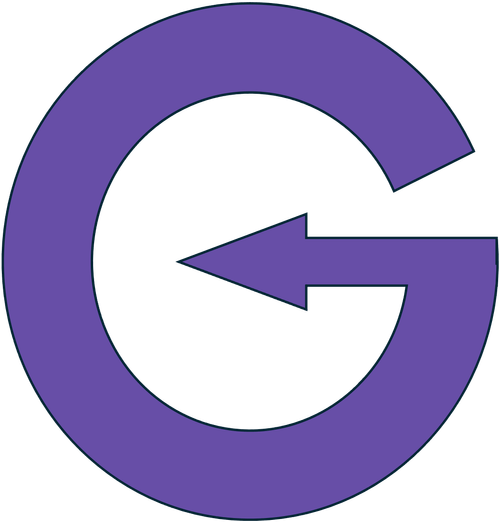Acetylcholine release from peripheral cholinergic nerve endings Overview
Acetylcholine release from peripheral cholinergic nerve endings refers to the biological process by which acetylcholine, a major neurotransmitter, is discharged from motor neurons and autonomic nerve fibers into synapses with muscles or glands. This release is tightly regulated by calcium influx, vesicle docking, and fusion proteins. The released acetylcholine binds to postsynaptic receptors, activating muscle contraction, glandular secretion, or modulating autonomic functions. Disruption or pharmacological manipulation of this process by toxins or drugs can lead to profound physiological effects, including paralysis, hyperactivity, or cardiovascular instability
Mechanism of Action
Inhibition (e.g., botulinum toxin prevents vesicular release of ACh)\nExcessive stimulation (e.g., black widow spider venom causes massive ACh release resulting in overstimulation)\nModulation (various drugs affect upstream regulation, such as voltage-gated calcium channel blockers, but are not used therapeutically for this purpose in humans)
Biological Functions
Disease Associations
Safety Considerations
- Paralysis
- Convulsions, muscle cramping
- Autonomic dysfunction
Interacting Drugs
Associated Biomarkers
| Biomarker |
|---|
| Choline acetyltransferase |
| Acetylcholinesterase activity |
 Gosset
Gosset